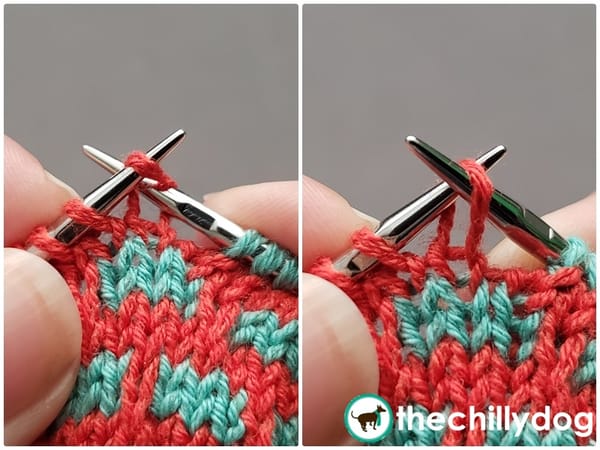Which Way Should I Slip a Stitch in my Knitting?
Guidelines for slipping knitwise and purlwise.
– 1 min read
Guidelines for slipping knitwise and purlwise.

It's time to answer the age old question in knitting. Which way should you slip a stitch? Knitwise or purlwise?
There's no absolute answer, but there are a few guidelines that can help you make the decision. First, follow the directions and do what the pattern says. If a pattern doesn't specify which way to slip a stitch: